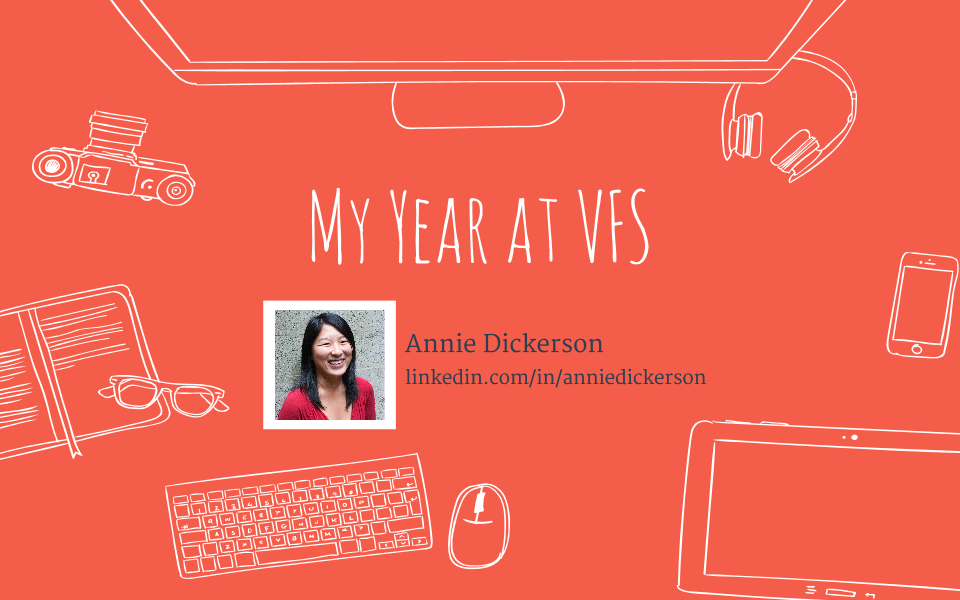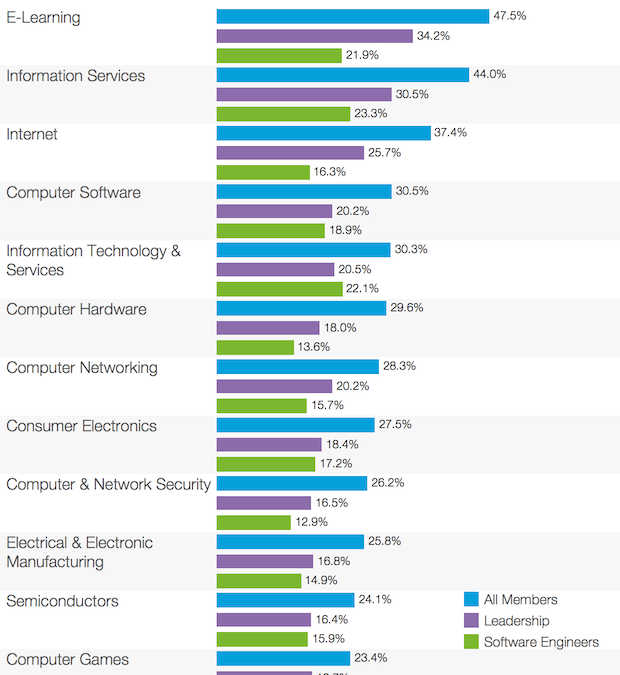
by Annie | Oct 28, 2015 | Education, Game Design
I recently attended at an event in the Bay Area for prospective Vancouver Film School students as an alumni speaker. It’s rare in life that you have a chance to deeply reflect on the experiences that have shaped your career and life, which is why I so enjoyed this event. Out in the crowd, I saw myself from several years ago, eager and anxious, and with a burning passion and dream to make a difference. Now that I’ve made it through the rigorous VFS experience, I can say that that intense year has had a profound and lasting impact on my career, the opportunities that have come my way, and the successes I’ve experienced. Check out the full presentation, and feel free to reach out if you want to hear more....

by Annie | Sep 9, 2015 | Education, Game Design, Interaction Design, Product Design, Psychology of Games
Early on in parenthood, I thought I’d somehow magically received the perfect child. He was no picky eater, rather quite the opposite. He was into steak, broccoli, watermelon, pretty much anything we put in front of him. …and then that phase ended. Nowadays, we spend dinnertimes bargaining, pleading, and joyfully cheering when even a single bite makes it down the hatch. Contrast that with the time he spends in front of a mobile device, wholly sucked in and willing to do anything to progress the game or storyline. That’s where new innovations like Yumit come in. Yumit is an interactive dinner tray that reinforces healthy eating habits by converting actual bites into virtual energy. Whether this actually has long term effects on kids’ experience and interaction with food remains to be seen. But more and more, the lines are being blurred between reality and the virtual world, which isn’t always a bad thing. After all, people are often much more engaged when cleaning a virtual room through a game than cleaning their actual room. Why? Because we all crave feedback for our actions, and online worlds often provide that instantaneous feedback to let us know the path toward a desired behavior. As for parenting, I’m on the fence as to whether I’ll try something like Yumit. While it may instantly boost veggie consumption, I’m curious about the lasting effects. But hey, I guess even one broccoli happily ingested is a...

by Annie | Jun 17, 2015 | Design, Game Design, Instructional Design, Tech
I’ve been part of the tech industry off and on since 2006, and in that time, I’ve had the opportunity to work with a lot of talented and passionate people, most of them men. This is pretty typical for the tech industry, especially in game development, in which the percentage of women is lowest amongst all other tech fields. I’ve experienced firsthand the impact that gender equality can have on team dynamics. I’ve been on teams in which I was the only female, which, I’m proud to say, taught me how to drink beer and enjoy it. I’ve also been on teams with much smaller or nonexistent gender gaps, and for me, as a woman, the difference is palpable. According to the latest data, while game development has the lowest percentage of women amongst the tech industry, elearning has the highest percentage, which means I’ve now been on both ends of the spectrum. Each team composition brings out a different side of myself, but regardless of the gender makeup, I continue to push myself to be the best I can be. So while I love my sisters in tech, I’m also a fan of the brogrammers. Check out the full breakdown of the gender diversity data from this post on Measuring Gender Diversity with Data from...
by Annie | Jun 8, 2015 | Design, Product Design
Early on in my design career, I focused diligently on the problems that were assigned to me. A specific market segment had been identified, a specific need had to be met… I was on it, immediately researching the problem and coming up with a variety of potential solutions. But design has taught me to stay young. To look at everything through the mind of a beginner, to question everything, and to forever be curious. I’m a designer by trade, but I’m also a designer at heart. Even when I’m off the clock, I examine everything, always looking for hidden opportunities to use design to improve the world. As Tony Fadell, the guy behind the iPod and the Nest thermostat, puts it, “It’s easy to solve a problem that almost everyone sees. But it’s hard to solve a problem that almost no one sees.” Indeed, the world is full of invisible problems that most people are accustomed to and thus can’t see. As a designer, I have the unique and exciting challenge of finding those hidden issues and designing a better world, one small solution at a...
![I’m [in]](https://dickersondesigns.com/wp-content/uploads/2015/06/introduction-photo-1080x675.jpg)
by Annie | Jun 5, 2015 | Instructional Design
Today marks the end of my second week as a learning experience (LX) designer at LinkedIn. It’s been quite eye-opening to go from my previous experience with small companies and startups to the hypergrowth and lightning fast pace of this 8000+ global organization. Yet despite the size of the company, the startup spirit burns bright, and people are proud of the scrappiness and trailblazing that’s core to LinkedIn. There’s a sense of urgency to everything and an ongoing connection of every little detail to the greater mission of building the economic graph and changing the world. The air is abuzz with energy and passion, and I love it. I started my journey here with [in]troduction, the full day orientation that marks every employee’s first day. Along with about 30 other new hires (yes, LinkedIn has about that many new hires every week in just the Bay Area alone), I learned about LinkedIn’s culture and values, history, and vision for the future. And even though I’m only 1 of 8000+ employees, I know that my work can make a difference and play a part in impacting the world. And that’s worth getting out of bed for. The part of [in]troduction that has stuck with me most is when one of the senior leaders came in and thanked us for joining LinkedIn. At most places, you get congratulated when you start a new job. But he explained that he was thanking us because we represent the top 0.5% of talent in our respective industries, and we could have chosen anywhere to work, but we all chose LinkedIn. A truly thoughtful message and a great way...




![I’m [in]](https://dickersondesigns.com/wp-content/uploads/2015/06/introduction-photo-1080x675.jpg)
